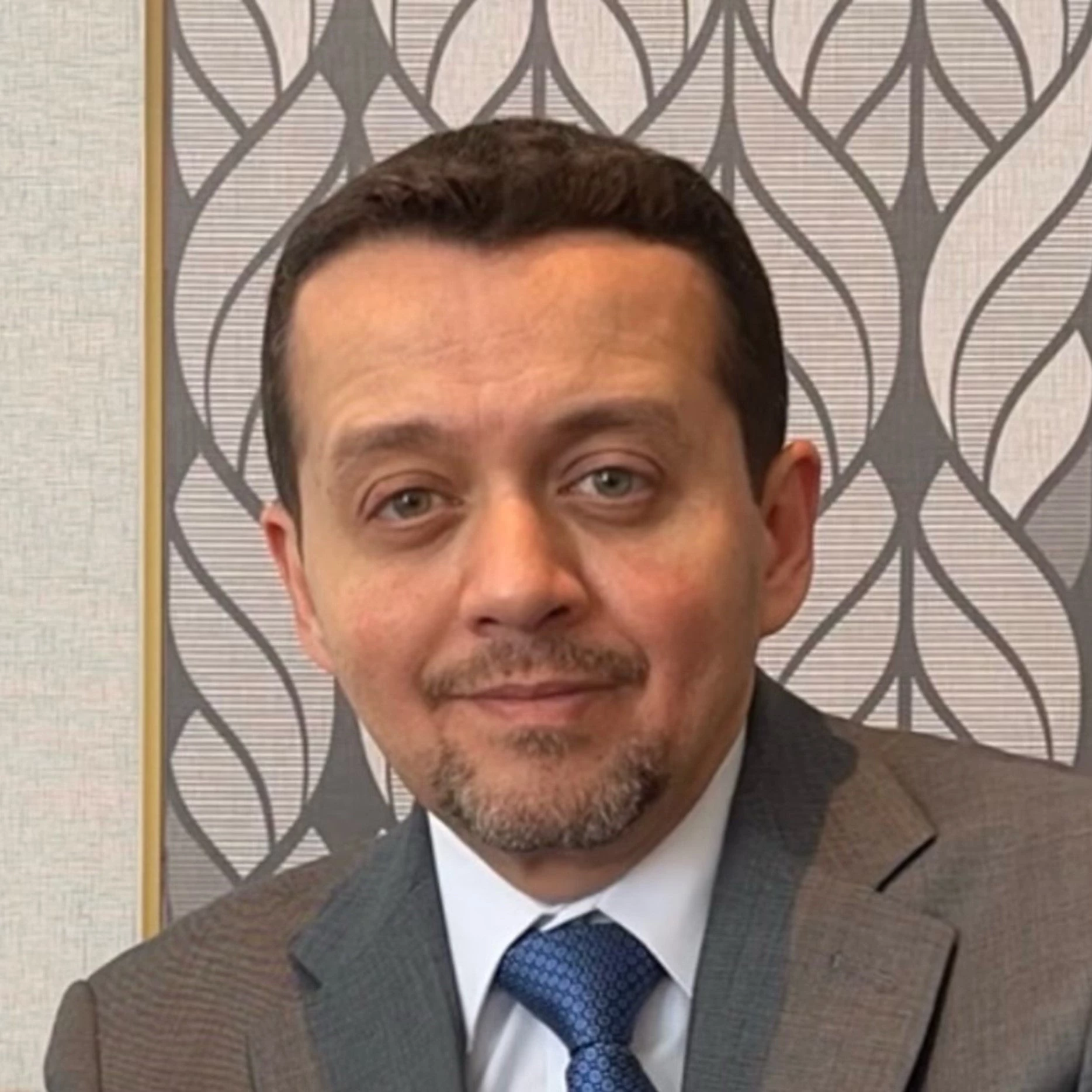 The Sakhra Comprehensive Health Center is small and slightly disheveled, with evident resource constraints. Nonetheless, it is teeming with activity and resourcefulness. A sheet on the wall is the “screen” from the previous night’s presentation on the safe use of certain medications. A blue curtain cordons off a corner in the maternal and child unit, providing privacy for nursing mothers. Staff members promptly respond to calls placed over a public address system that was proudly purchased by staff donations. Nestled in one of the poorest regions of Jordan (Ajloun Governorate), the Sakhra Comprehensive Health Center is a bustling hub.
The Sakhra Comprehensive Health Center is small and slightly disheveled, with evident resource constraints. Nonetheless, it is teeming with activity and resourcefulness. A sheet on the wall is the “screen” from the previous night’s presentation on the safe use of certain medications. A blue curtain cordons off a corner in the maternal and child unit, providing privacy for nursing mothers. Staff members promptly respond to calls placed over a public address system that was proudly purchased by staff donations. Nestled in one of the poorest regions of Jordan (Ajloun Governorate), the Sakhra Comprehensive Health Center is a bustling hub.
We went to Jordan in search of “ local success stories”, visiting clinics that seemed to deliver quality services despite facing significant resource constraints. According to service delivery literature, three factors are essential to providing quality services to clients: the availability of key inputs, provider ability and provider effort. Another key ingredient noted in the World Development Report 2004, is governance. Accountability, monitoring mechanisms, transparency, enforced rules and regulations and voice and participation all affect the ability of key inputs to be translated into the delivery of high quality services. In this context, the Sakhra Center serves as a very good example of how governance enhances service delivery at the clinic level.
The clinic’s catchment area has a little over 15,000 inhabitants, and recently, an additional 1,500-2,000 Syrian refugee. More than a third of the population is under the age of 15, and nearly a quarter of women are in their reproductive years, with an average family size of six persons.
Strong facility management, with innovative and decisive leadership, has created a clinic environment that fosters staff motivation, encourages feedback and is responsive to community needs. Staff members are visibly energized, patient-centeredness is omnipresent, and patients, community members, and staff have a voice - governance drivers that help explain the clinic’s success.
Staff members are encouraged to express grievances and suggestions, and to participate in determining and implementing solutions to problems encountered at the clinic. During our visit, the staff repeatedly noted, “We are one hand,” and they showed evident pride in the center’s accomplishments.
Patient-centeredness is visible across the Sakhra Center, with a billboard posting responses to patient comments, and signs emphasizing patients’ rights, safety, as well as statements about the goals and principles of the Center. Community engagement occurs via multiple means, such as outreach programs, informational lectures held at the center and the local mosque, home visits for medical testing and consultations, and health fairs. Like other clinics participating in Jordan’s accreditation program, the Sakhra center also has a local health committee, which serves as a channel for aggregating and addressing community demands and ideas. Based on its formalized structure and diverse membership, the committee supports the clinic by identifying and mobilizing resources to address leading issues of concern to the community.
Also, the professional goals of the center are transparent. Each year, the center produces an operational plan, which identifies the activities that it will carry out with clear targets such as reducing hypertension by a given percentage, launching a minimal number of outreach programs, and so forth.
Is good management of the center responsible for its apparent systemic good governance in delivering quality services *? Partly so, it seems. But good management can only do so much. The active engagement of community leaders and their capacity to motivate local residents to communicate their demands and to act as their own health advocates are also vital, especially as it strengthens accountability. In this regard, the local health committee plays a crucial role in facilitating communication between the Center and the community so that expectations and responsibilities become clear, rendering providers accountable to their patients. Thus, the Sakhra Center benefits from good governance both within the facility itself and in the community where it is located. Visiting the Sakhra Center and other clinics has shown how key dimensions of governance can translate into a positive working environment that potentially enhances health outcomes within the community.
* The team followed systematic measures of relevant aspects of quality and explored these at all visited facilities. They were naturally not as systematic as it would be the case in close-ended survey questionnaires, and also the sampling was not random but based on the MOH accreditation process. Indicators that were looked at included the presence and condition of basic infrastructure; medical records and how they are kept; the system of maintaining drugs; credentials of health personnel; continuous training of health personnel; presence of protocols for treating specific health conditions and staff absenteeism. Based on our observations, the Sakhra Center provided quality services relative to its constraining environment.






Join the Conversation